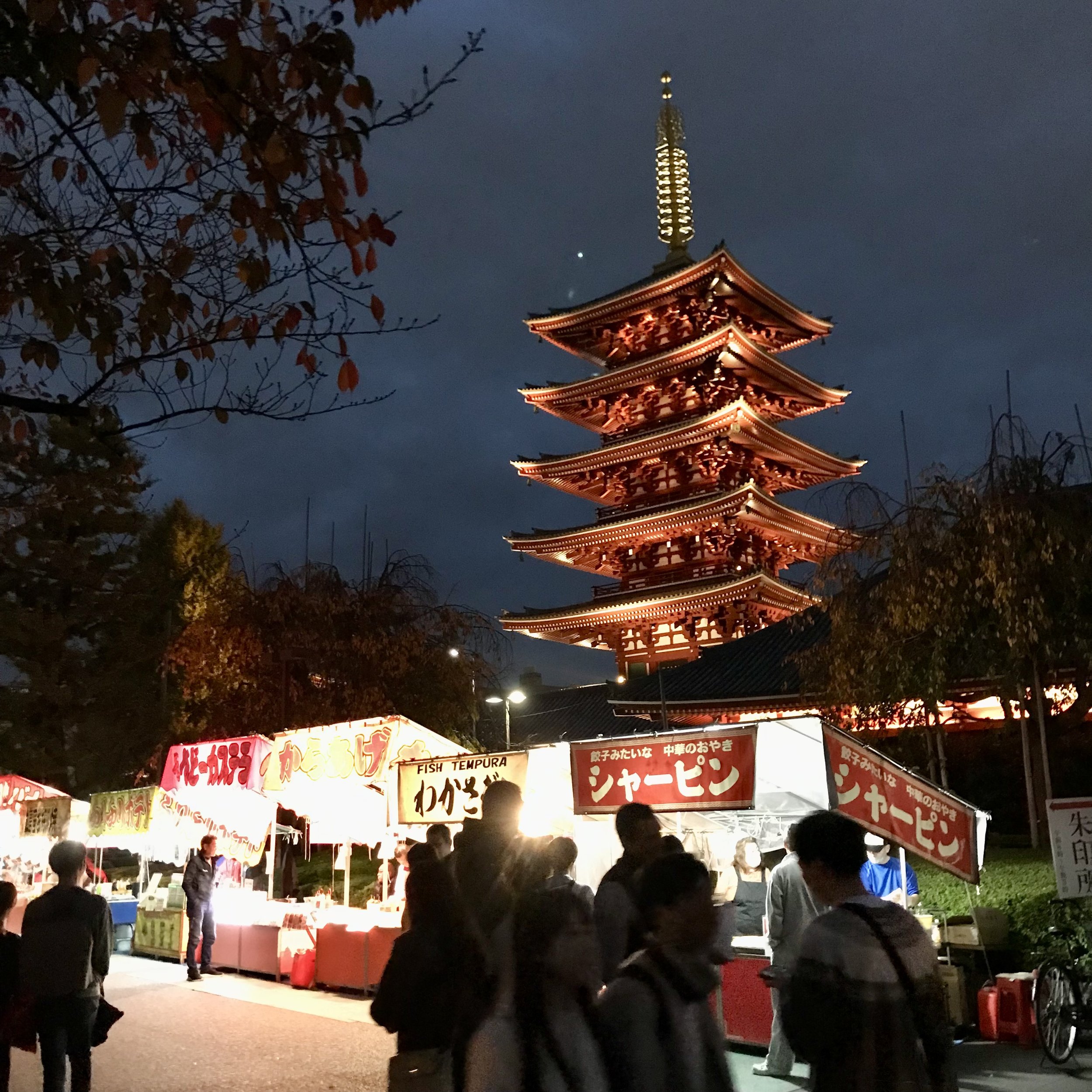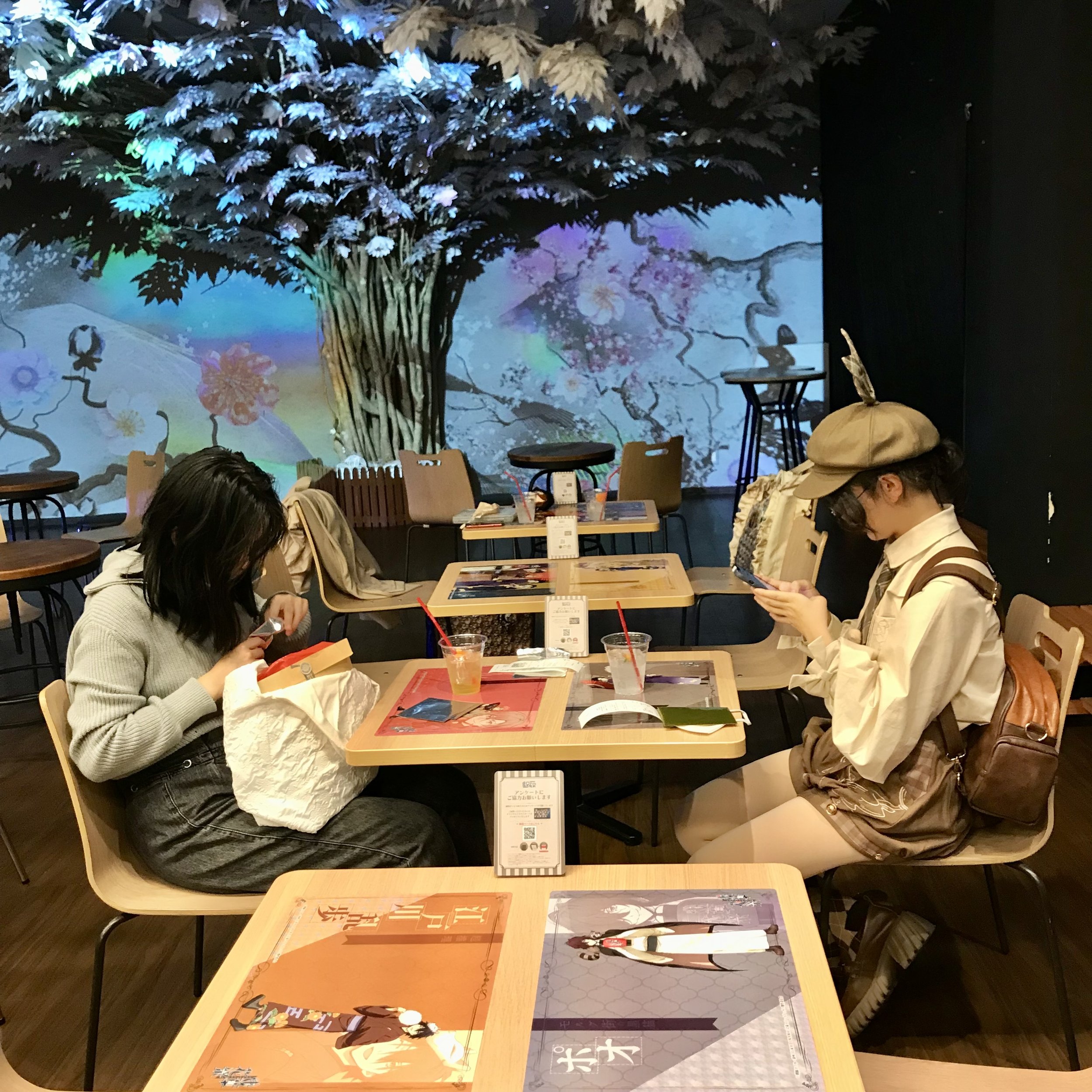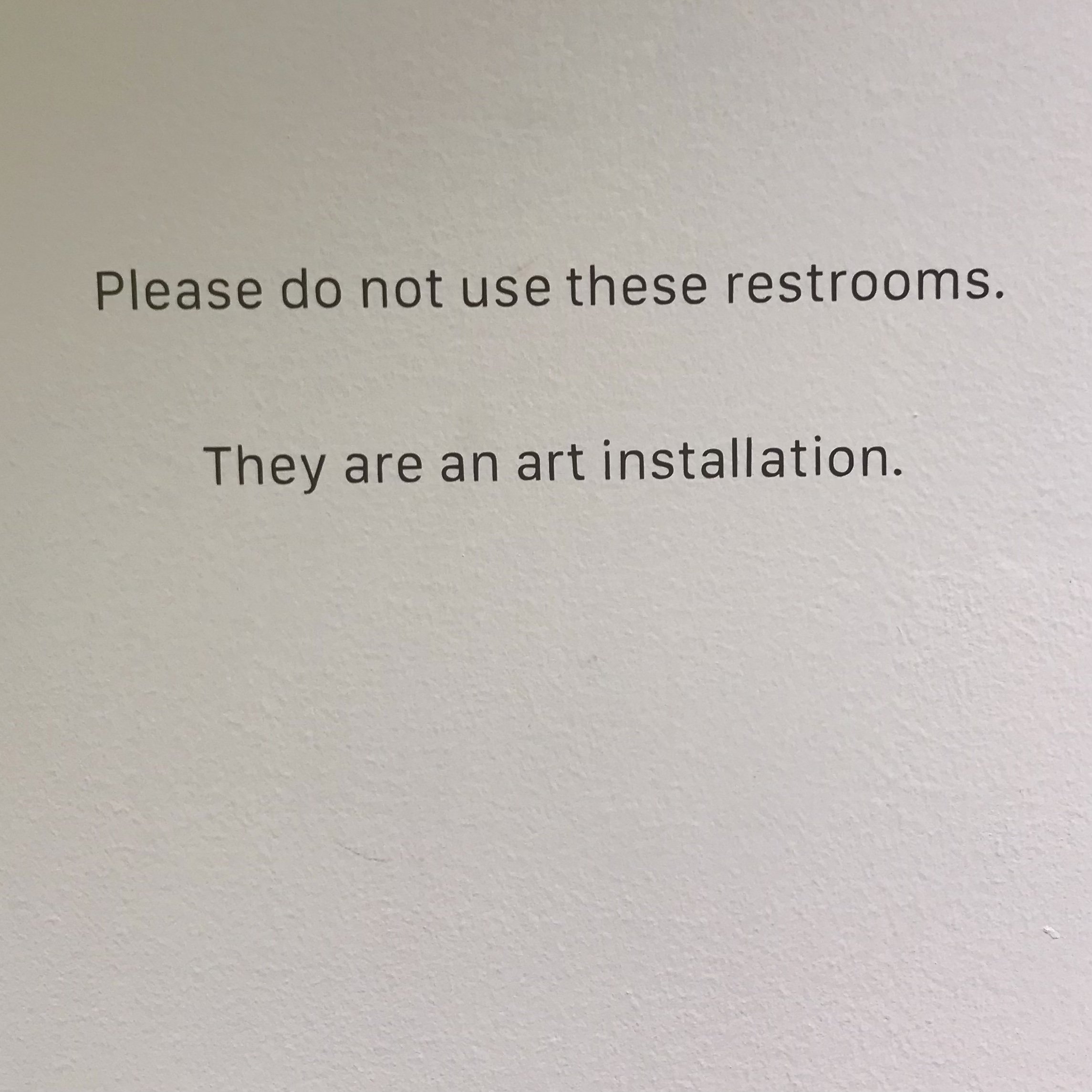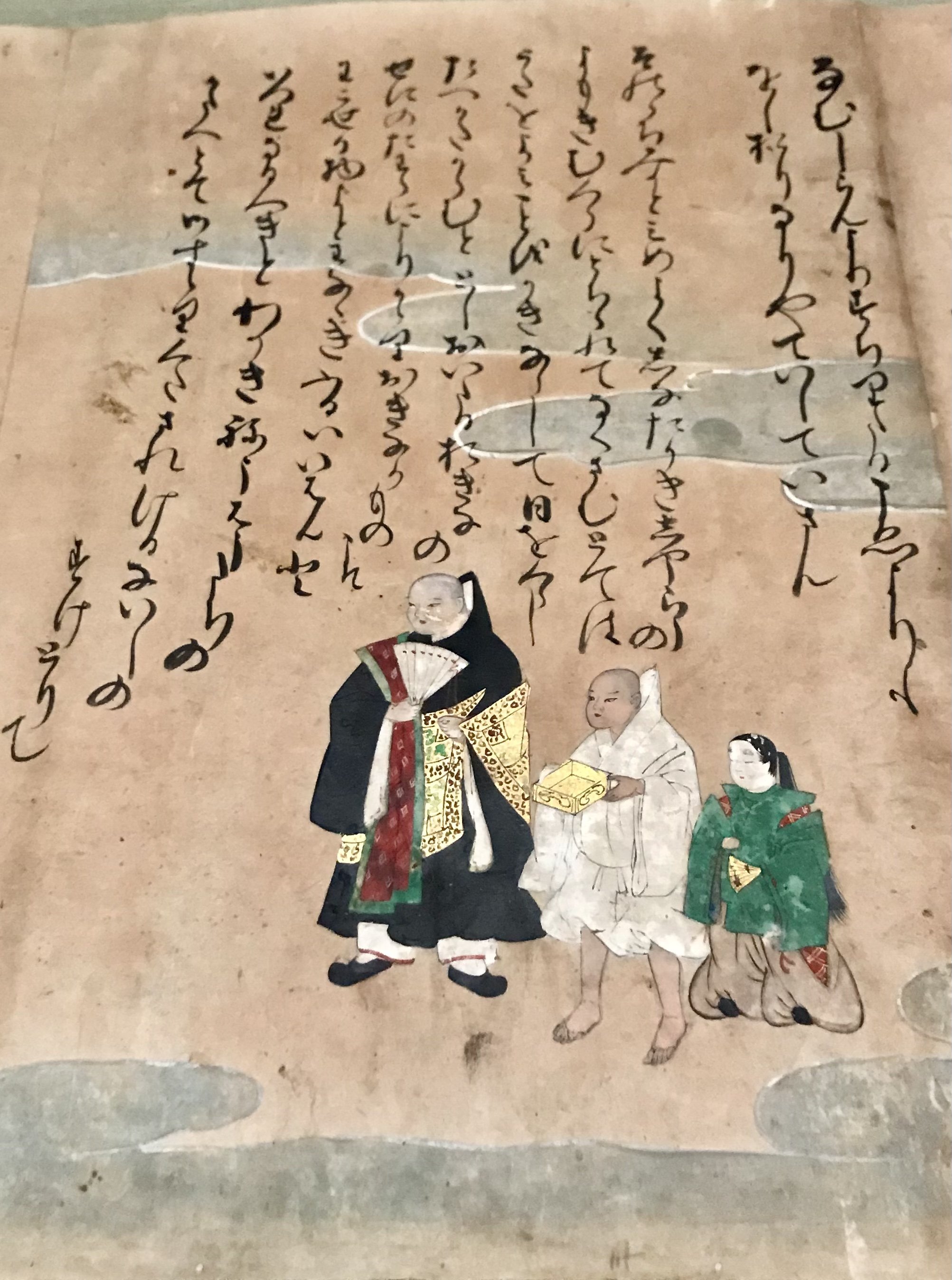Tokyo haiku
In Tokyo, at the National Museum, an illustrated scroll from the 16th century depicts a journey by the Emperor Heizei from Nara to the palace of the crown prince.
The Emperor arrived with a question: which season is better, spring or autumn?
Forty-two poets scrambled to answer. Eleven of the best poems were presented to the Emperor during a banquet arranged in his honour.
Then the Emperor went home.
The day after we admired that scroll, Riki Inamura, our tour guide, talked about Haiku. It’s a Japanese poem with five syllables in its first line, seven syllables in its second line, then five more syllables in its third and final line.
That’s five, seven, five.
Seventeen syllables in total.
No more, no less.
Traditionally, haiku should include a seasonal reference, and for that reason I imagine the poems written for Emperor Heizei were haiku, although I’ll have to get back to you on that.
In the meantime…
I’ve worked diligently this week on a Tokyo travel story. I wanted to write about what happened at Sensoji Temple and explain why I had to go back, knowing, foolishly, that I would have gone back three, five or seven times if I had to, wanting to believe good fortune, surely, followed persistence. It doesn’t always.
I also wanted to write about our visit to a very cute 1950s amusement park where we rode Tokyo’s oldest rollercoaster and the city’s creakiest ghost train.
I wanted to rave about chicken and leek yakitori; wanted to recommend Riki to travellers who value insight and genuine good humour; and I wanted to make sense of our unexpected encounter with four AI-generated avatars created by Japanese artist Sputniko! for her exhibition Can I Believe in a Fortunate Tomorrow? They were handsome and keen, attached to two walls, and they wanted to discuss the merits of the universal basic income, The experience was weirdly compelling.
Somewhere in this mix, I thought I’d reference Peter Carey’s Wrong About Japan.
Having made a pilgrimage to Bellingen last year in homage to Oscar and Lucinda, it was a no-brainer that Carey’s story about visiting Japan with his young son Charlie should come with us to Tokyo.
Carey loads his book with a particular honesty, about himself and his relationship with Charlie and the giant misjudgments we make on matters we know not much about.
That was the story I had in mind but as you can see, it had too many moving parts. It wasn’t coming together the way I hoped. So I turned instead to haiku.
Here’s how it went…
Senso-ji, first time:
Incense burnt then fortune read;
Better try again.








